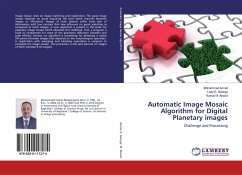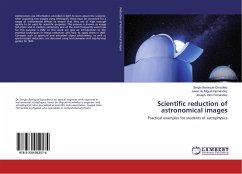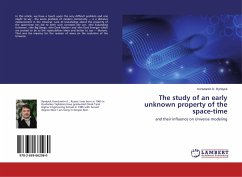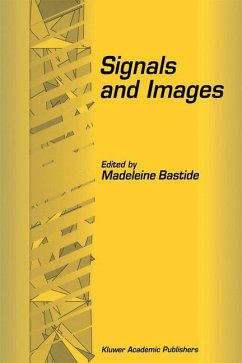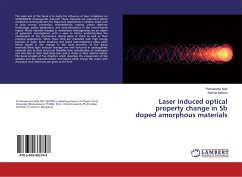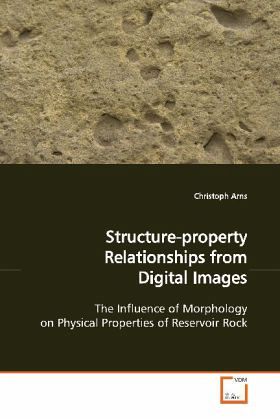
Structure-property Relationships from Digital Images
The Influence of Morphology on Physical Properties of Reservoir Rock
Versandkostenfrei!
Versandfertig in 6-10 Tagen
52,99 €
inkl. MwSt.

PAYBACK Punkte
26 °P sammeln!
The physical properties of complex disorderedmaterials depend on 3D microstructure. Althoughstructure has, to date, defied accurate description,scientists and engineers over a wide range ofdisciplines are required to estimate the effectiveproperties of materials from poorly definedstructural information. In the absence of realisticstructural descriptions, existing methodolgies forestimating the properties of disordered materials arelimited to overly simplistic representations ofmicrostructure In this work additive measures ofmorphology are used to characterise the structure ofdigitised model s...
The physical properties of complex disordered
materials depend on 3D microstructure. Although
structure has, to date, defied accurate description,
scientists and engineers over a wide range of
disciplines are required to estimate the effective
properties of materials from poorly defined
structural information. In the absence of realistic
structural descriptions, existing methodolgies for
estimating the properties of disordered materials are
limited to overly simplistic representations of
microstructure In this work additive measures of
morphology are used to characterise the structure of
digitised model structures as well as actual
reservoir rock. Accurate calculations of conductive
and elastic properties directly from tomographic
images are achieved by estimating and minimising
several sources of numerical error. It is shown that
measurements of properties based on microtomographic
images are more accurate than those based on
conventional theories for disordered materials.
materials depend on 3D microstructure. Although
structure has, to date, defied accurate description,
scientists and engineers over a wide range of
disciplines are required to estimate the effective
properties of materials from poorly defined
structural information. In the absence of realistic
structural descriptions, existing methodolgies for
estimating the properties of disordered materials are
limited to overly simplistic representations of
microstructure In this work additive measures of
morphology are used to characterise the structure of
digitised model structures as well as actual
reservoir rock. Accurate calculations of conductive
and elastic properties directly from tomographic
images are achieved by estimating and minimising
several sources of numerical error. It is shown that
measurements of properties based on microtomographic
images are more accurate than those based on
conventional theories for disordered materials.



